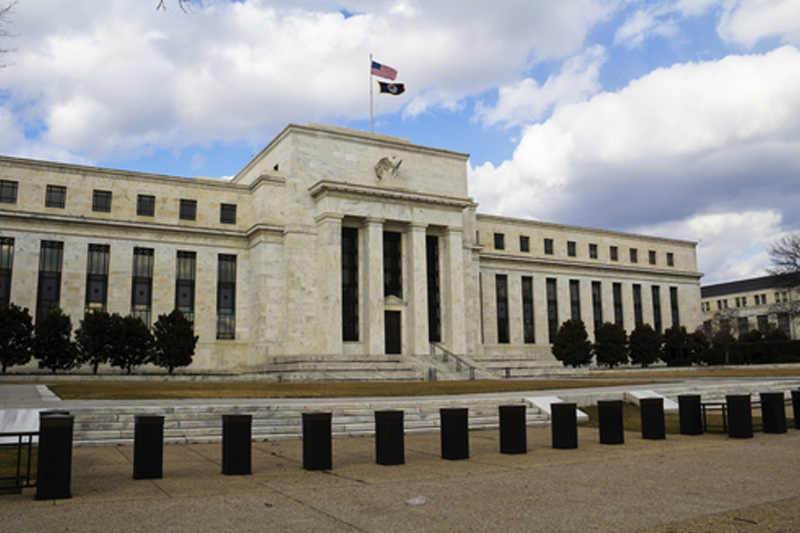Investing.com -- The Federal Reserve, as expected, voted to raise the target range of its benchmark Federal Funds Rate on Wednesday, ending a zero interest rate policy implemented by the U.S. central bank shortly after the Financial Crisis aimed at rescuing the world's largest economy from arguably its biggest catastrophe in more than 70 years.
In a unanimous decision, the Federal Open Market Committee (FOMC), lifted the Fed Funds Rate by 25 basis points to a range between 0.25 and 0.50%. Before Wednesday's decision, the FOMC had held short-term interest rates at near zero levels for 56 consecutive meetings, a streak which dated back to December, 2008. The Federal Funds Rate is the rate offered by institutions on overnight, interbank loans held at the Fed.
Heading into the highly anticipated meeting, a number of FOMC members sent strong indications that they were ready to normalize monetary policy, as the U.S. labor market nears full employment and the economy continues to grow at a moderate pace. While Fed chair Janet Yellen has admitted that inflation remains far below the FOMC's goal of 2%, she believes it will move near the target as temporary factors from declining oil prices and a stronger dollar continue to recede.
Yellen has also emphasized that delaying a rate hike for too long could force the Fed to tighten abruptly, which could disrupt financial markets and inadvertently push the economy into recession. Holding rates at record-low levels for too long of a period could also encourage excessive risk taking, Yellen has argued. Ben Bernanke, Yellen's predecessor, has reiterated since leaving the position that he never expected rates to remain at near-zero levels for such a prolonged period.
At the same time, the FOMC has tried to avoid tightening prematurely in order to prevent a deflationary spiral. The Riksbank, the Central Bank of Sweden, has been forced to lower interest rates into negative territory after approving two rate hikes in 2010 and 2011, before long-term inflation reached its 2% target. Previously, Japan triggered a rout in 2-Year and 10-Year bond yields in August, 2000, after raising its key interest rate 25 basis points to 0.25%. By February, 2001, seven months later, the Bank of Japan reversed course, lowering rates back to 0.15%.
U.S. equities markets were virtually unchanged after news of the rate hike broke. At 2:15 p.m. EST, the Dow Jones Industrial Average stood at 17,596.53, up 71.62 or 0.41% for the session, while the S&P 500 Composite index was at 2,054.39, up 10.98 or 0.54% on the day. Minutes before the release, the Dow and S&P 500 were up for the session by 73 and 11 points respectively.
The U.S. Dollar Index, which measures the strength of the greenback versus a basket of six other major currencies, stood at 98.17, down 0.04% after the announcement, while EUR/USD traded at 1.0947, up 0.15%. The dollar was relatively flat heading into the announcement. Yields on the U.S. 10-Year were unchanged at 2.26%. Yields on the U.S. 2-Year, which are highly sensitive to short-term Fed decisions rose by nearly three basis points to 0.996%. Before the release, bond yields on U.S. 2-year Treasuries were slightly lower at 0.984%
Since 1955, the Fed has tightened monetary policy in 12 different cycles, the last of which occurred in 2006, when it increased rates 25 basis points to 5.25%. The final rate hike capped a two-year period of gradual policy normalization when the FOMC raised the Federal Funds Rate by 25 basis points for 17 consecutive meetings, beginning in June, 2004.
